The Morrison government took on Covid and prevailed — then Labor blew it
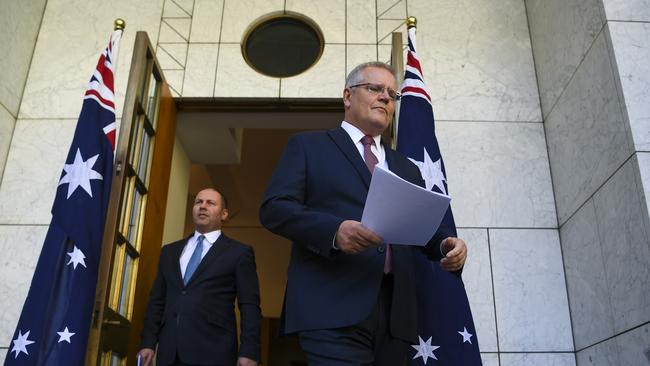
We must learn the lessons of our pandemic response, however, to better prepare for the time we confront such a health and economic crisis again.
First time around there was no playbook; next time there should be. No kneejerk lockdowns, curfews and state border closures; keeping schools open; and more clearly delineating economic responsibilities and burden sharing between jurisdictions need to be priorities.
But despite all the uncertainty of that period and the challenges that ensued, our nation came together with a response that was world leading. The death toll was lower, the number of jobs saved was higher and the rebound was much faster than in other comparable economies. From our emergency workers on the frontline to the broader public who made enormous sacrifices, it was an achievement for which all Australians can be proud.
Now, as we come to assess the choices we made during the pandemic and what, if we were to have our time again, we would do differently or the same, we must not lose sight of the context at that time, the advice we were given and the scenarios we faced.
Hindsight is a wonderful thing, but in early 2020 we and the world were staring into the abyss.
Morgues were established in New York’s Central Park, and hospitals across Europe and South America were running out of oxygen. The deputy chief medical officer cited estimates on March 16, 2020, that between 20 per cent and 60 per cent of the nation’s population could contract Covid – which, with a death rate of 1 per cent, could have meant 150,000 Australian deaths.
Our borders were closed and no vaccine was in sight.
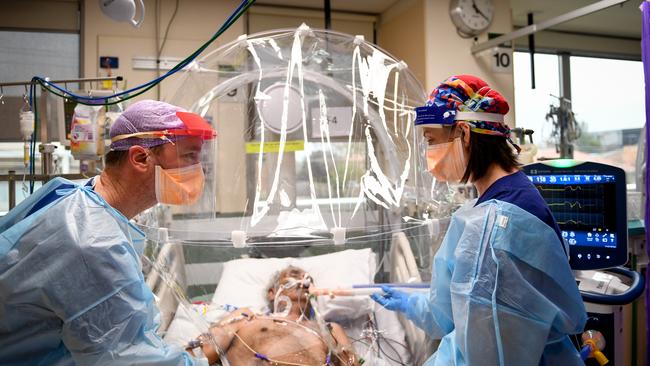
Treasury feared unemployment could reach as high as 15 per cent, with more than two million Australians out of work, and in the event of an extended European-style lockdown a contraction in quarterly GDP for June of more than 24 per cent.
To put that in perspective, the largest quarterly contraction in GDP previously recorded for Australia was 2 per cent in 1974.
In early 2020, in just a matter of weeks the ASX 200 fell more than 30 per cent, the Australian dollar was down 11c against the US dollar, and business and consumer confidence hit record lows.
Fear was palpable as tens of thousands joined long queues outside Centrelink and others fought over toilet rolls in the aisles of our supermarkets.
Globally, the economic situation was dire. GDP in China – which was responsible for close to 20 per cent of global output – fell by 9.8 per cent in the March quarter, the first quarterly drop on record.
Unemployment in the US reached 14.8 per cent as 40 million American workers filed jobless claims.
More than 100 countries went to the International Monetary Fund seeking assistance as the global economy was forecast to contract by 4.5 per cent in 2020 compared with a contraction during the global financial crisis of just 0.1 per cent in 2009.
Against this backdrop of devastating scenarios the Morrison government moved quickly to protect the population.
On January 21, the chief medical officer listed “human coronavirus with pandemic potential” under the Biosecurity Act more than a week before the World Health Organisation’s formal declaration.
On February 1, our border with China was closed, well before other countries were game to do so.
On February 25, health minister Greg Hunt initiated the coronavirus emergency response plan and on March 11 launched a major health package.
In that same month we announced three economic packages, unprecedented in size. The first on March 12 provided $17.6bn of targeted support – a cashflow boost and extended instant asset write-off for businesses, stimulus payments to households and assistance for severely affected regions.
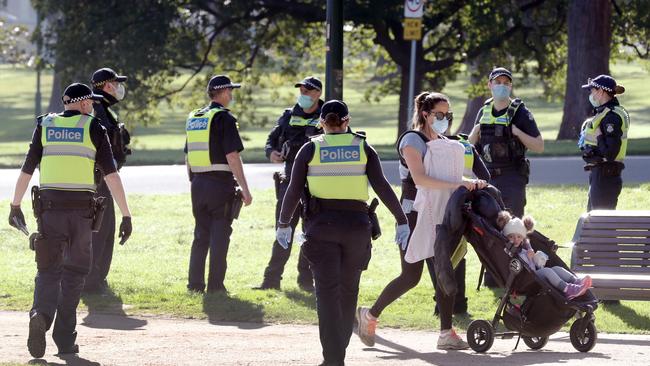
The second on March 22 provided $66.1bn for households and businesses – a doubling of the safety net with a $550 coronavirus supplement, a further stimulus payment for five million income-support recipients, changes to minimum drawdown rates, deeming rates and early access to super. An increase to the cashflow boost, loan guarantees for small and medium enterprises and a $715m aviation assistance package also were announced.
The third on March 30 was JobKeeper. Costing around $90bn, it directly supported four million Australians and one million businesses and not-for-profits.
Tapered over different phases as the economy improved, it was initially a flat $1500 a fortnight payment equivalent to about 70 per cent of the median wage, in which every eligible worker – part time, full time, long-term casual or sole trader – received the same amount and applied whether they had been stood down or were still in work.
Described by the Albanese government’s own independent review last year as “well managed”, “highly efficient” and “value for money”, it is estimated to have saved up to 800,000 jobs.
It was outstandingly executed by the ATO which deployed more than 1000 staff to this single task. The secret to JobKeeper’s success was that it used the Single Touch Payroll system to get money into people’s hands quickly and it maintained the formal connection between employee and employer so that when the health restrictions were lifted businesses were in a position to bounce back. Hence the finding of the independent Review that JobKeeper “was effective at preserving employment, supporting incomes and preventing large scale business failures during the pandemic”.
When JobKeeper ended after 12 months we were criticised by some, with the opposition Treasury spokesman saying it would have “diabolical consequences” and the opposition leader, now Prime Minister, saying it was “the only support that was keeping the economic roof from crashing down”. But ending JobKeeper turned out to be the right call for both the budget and the economy as after the program ended the unemployment rate continued to fall.
Other economic initiatives during Covid included Homebuilder, which helped more than 100,000 Australians into a home, Job Trainer which created more than 450,000 new training places, and a 50 per cent wage subsidy for apprentices under which their number rose to 220,000 – the highest level since records began in 1963.
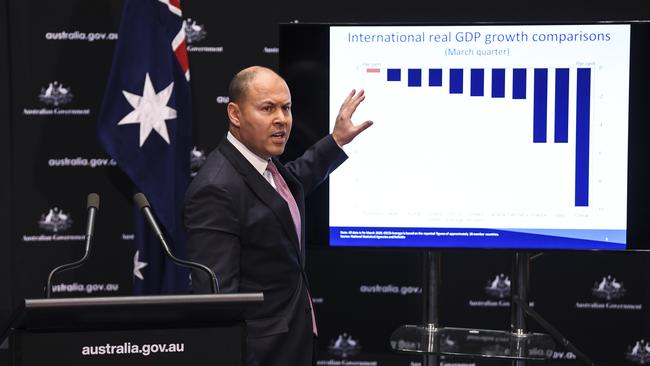
Free childcare was provided to more than one million families, tax cuts were delivered to more than 11 million low and middle-income earners, and more than 100 significant regulatory changes were made covering everything from bankruptcy and insolvency laws to electronic signatures and virtual annual general meetings to support the economy and shield the consumer at a time of acute financial stress.
We sought to cover every angle, even temporarily changing our foreign investment framework, reducing the dollar screening threshold to zero to protect the national interest as asset values rapidly declined.
Every day there was a new challenge and more calls on the public purse, including from the opposition, which wanted the government to buy a stake in Virgin – a position we rightly resisted, allowing the voluntary administration process to take its course.
Our economic response was a Team Australia moment with everyone chipping in, be it the Australian Prudential Regulation Authority and the banks that we worked with to provide mortgage and small business repayment relief on more than $250bn of loans, or the Australian Competition & Consumer Commission, the supermarkets and major logistic players, which put aside competition constraints to free up supply chains.
We also worked closely with the states and territories, the prime minister through national cabinet and I through convening the treasurers’ forum known as the Council on Federal Financial Relations. Normally meeting twice a year, we met 23 times in 2020 and regularly in 2021. With the added benefit of four treasurers also being premiers or chief ministers (Western Australia, Tasmania, the Northern Territory and the ACT), it became an important forum to share experiences and ideas.
Our goal was simple with everything we did – build a bridge to the recovery phase and wherever possible enable the private sector to play a leading role. Our focus was on restoring confidence, saving jobs and protecting the productive capacity of the economy.
At times of national crisis there was, as John Howard advised me on the eve of JobKeeper, “no ideological constraints”.
Given the scale of the shock and the sheer uncertainty we faced, we knew we needed to front-load our economic support because in a fast-moving crisis you simply can’t play catch-up. Our measures therefore were temporary, targeted and proportionate to the challenge we faced.
We avoided building long-term structural spending into the budget and wherever possible used existing systems to deliver support as fast as possible.
In the early months of the pandemic, Treasury’s explicit advice was that it would be worse to underspend or withdraw support too quickly than to put extra dollars into the economy. It was advice we accepted and I am glad we did.
Because we had balanced the budget for the first time in 11 years, driven welfare dependency to a 30-year low and overseen an economy growing at 2.2 per cent through the year to December 2019 before the pandemic hit, Australia had the economic firepower to respond as needed.
In total the federal government committed $343bn or 16.6 per cent of GDP in direct economic and health support, with the states announcing a further $234bn or 12 per cent of GDP.
The combination of federal and state fiscal support was according to IMF estimates similar in scale to that of other advanced economies including Canada, New Zealand, Britain, Germany and Japan, and less than that committed in the US. As Standard & Poor’s said at the time, while our fiscal measures would “weigh heavily on public finances in the immediate future, they won’t structurally weaken Australia’s fiscal position”.
It was a prediction that turned out to be true as we maintained Australia’s AAA credit rating from S&P, Moody’s and Fitch, the three leading rating agencies.
The Reserve Bank of Australia played a key role during Covid, but unlike the GFC – when the cash rate was reduced by 425 basis points, the equivalent of a $100bn stimulus across a 12-month period – in this crisis conventional monetary policy had less room to move, leaving fiscal policy to do the bulk of the heavy lifting.
In total the RBA reduced the cash rate by 65 basis points to 10 basis points.
The bank boosted liquidity with a term funding facility, bought government bonds in the secondary market, set a three-year government bond yield target and used forward guidance, the latter with a little too much exuberance.
The strong relationship between the federal government and the independent RBA was important as it ensured our respective fiscal and monetary policies worked with, not against, each other.
We talked regularly, recognising how important it was to be aligned, with our joint initiatives supporting the financial system being described by S&P as “decisive and co-ordinated action”.
The result of our economic response during Covid was a V-shaped recovery in which, according to Treasury, “Australia (outperformed) all major advanced economies in 2020”.
While the economies of Britain, France and Italy all contracted by 8 per cent or more, and Japan and Canada by about 5 per cent, Australia was down just 2.1 per cent.
We saw Australia’s level of economic activity surpass pre-pandemic levels by the March quarter 2021 whereas Canada, France and Britain didn’t get there until the December quarter 2021.
The labour market also rebounded strongly, avoiding the scarring so reminiscent of previous recessions.
In the 1980s and ’90s it took six and 10 years, respectively, to drive unemployment back to its pre-recession level as unemployment went up the elevator and down the stairs.
This time, while unemployment would peak at 7.5 per cent in July 2020, we drove it back to its pre-pandemic rate of 5.1 per cent in just more than a year.
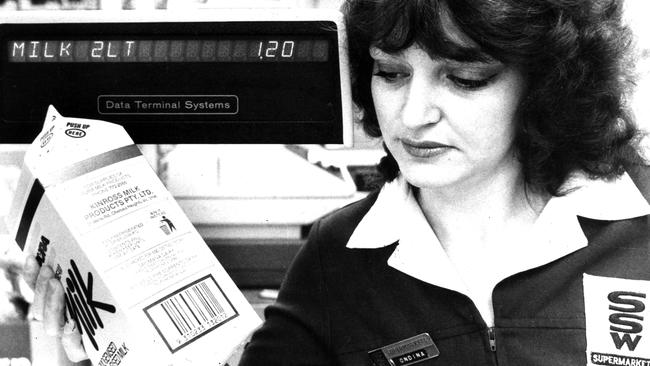
By the time we left office in May 2022 it was 3.9 per cent, making us the first government to deliver full employment in close to 50 years.
A stunning riposte to the challenge set by Labor at the start of the pandemic when Jim Chalmers said “the most significant test of this government’s management of the recession and its aftermath is what happens to jobs”.
What is more, between February 2020 and May 2022 the female participation rate was up, the youth participation rate was up and, importantly, the number of long-term unemployed was down, having been reduced by 30,000 or nearly 25 per cent.
With more people in work after the pandemic than before it, welfare payments fell and the tax take rose as, according to Treasury, “Australia returned to surplus ahead of all major advanced economies”.
It has been a remarkable turnaround and consistent with the fiscal strategy we outlined during the pandemic of prioritising employment as a pathway to budget repair.
In my final budget delivered on March 29, 2022 I was forecasting a deficit of $78bn, but the continuation of a tight labour market and higher commodity prices resulted in actual revenue being $85bn higher, which delivered the surplus.
Across the forward estimates subsequent revenue upgrades from that contained in my final budget were a whopping $365bn.
The turnaround in net debt has been equally dramatic.
In my first Covid budget in October 2020 we forecast that net debt would reach $966bn by 2023-24, but when we left government it was $516bn.
In the coming weeks, when the final budget outcome is released for 2023-24, it is expected net debt will be $500bn or close to half of what was projected at the height of the pandemic.
Net debt as a share of the economy has returned to pre-Covid levels at 19.2 per cent in 2022-23 – the same percentage it was in 2018-19, before Covid was even on the radar.
This exposes the falsehood of Labor’s $1 trillion of debt line for the partisan politicking it always was.
With this week’s national accounts showing the economy, outside of the pandemic, growing at its slowest rate in more than 30 years, per capita real incomes falling by 10 per cent since the first quarter of 2022 and unemployment higher than when we left government, Australians may well be asking themselves: What happened to the momentum generated by our world-leading economic recovery?
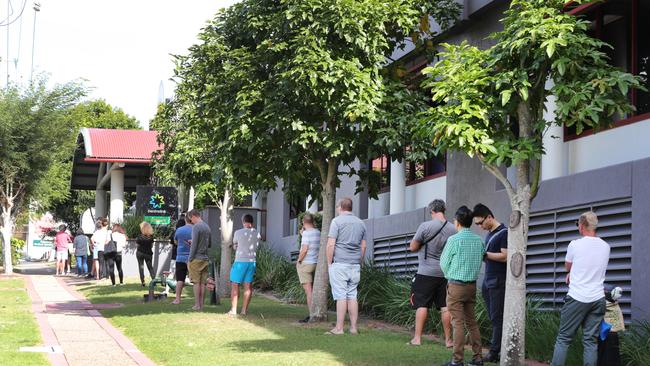
Looking back on the tumultuous Covid period, which represented the biggest economic shock since the Depression, it is fair to say the outcomes Australia achieved were far better than what we even hoped for in those early dark days of 2020.
The resolve under pressure and leadership shown by our prime minister, health minister Greg Hunt, chief medical officers Professor Brendan Murphy and Dr Paul Kelly, Treasury Secretary Dr Steven Kennedy and Tax Commissioner Chris Jordan and their respective deputies Jenny Wilkinson and Jeremy Hirschorn as well as so many others should neither be underestimated nor forgotten. In the years to come when the history of Australia’s Covid period is written and the federal government’s performance is assessed, the record will show our institutions were up to the task and our leaders worked collaboratively and effectively getting the big calls right and always having the public’s back.
As noted economist Chris Richardson has said: “If you’re demanding perfection amid a pandemic, you’ve got the wrong yardstick. The right yardstick is how well we did versus how well others did. That score is sweet. Australia got money into the hands of families and businesses much faster than many other nations – and much faster than we did with our response during the global financial crisis.”
On May 5, 2020, in the early days of Covid, I spoke at the National Press Club.
There I quoted a local constituent Enid Williamson who just three months shy of her 100th birthday wrote to me: “Here in Australia, we have always found ways and means of growing and responding to life’s difficulties. When this corona pandemic is under control, I believe we will be like a phoenix, rising from the ashes, and with our innate resilience become stronger, hopefully more caring, hopefully more integrated, hopefully more co-operative in achieving a better community and a better world. Just a dream? Yes, but don’t just follow that dream, chase it!”
And chase it we did.
We moved fast, at scale and in accordance with the best advice provided to us by a professional and dedicated public service.
The result, now more than four years on, was as Enid predicted – Australia became stronger and more resilient, rising like a phoenix from the ashes.
Josh Frydenberg was federal treasurer from 2018 to 2022.






Covid is an experience most Australians would rather forget.